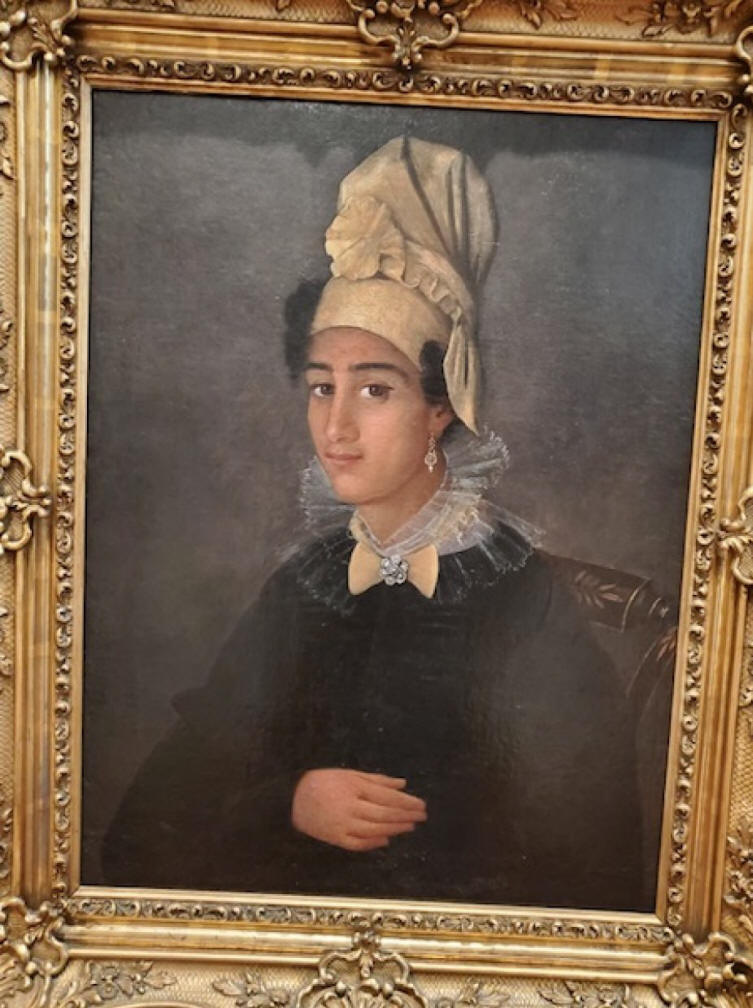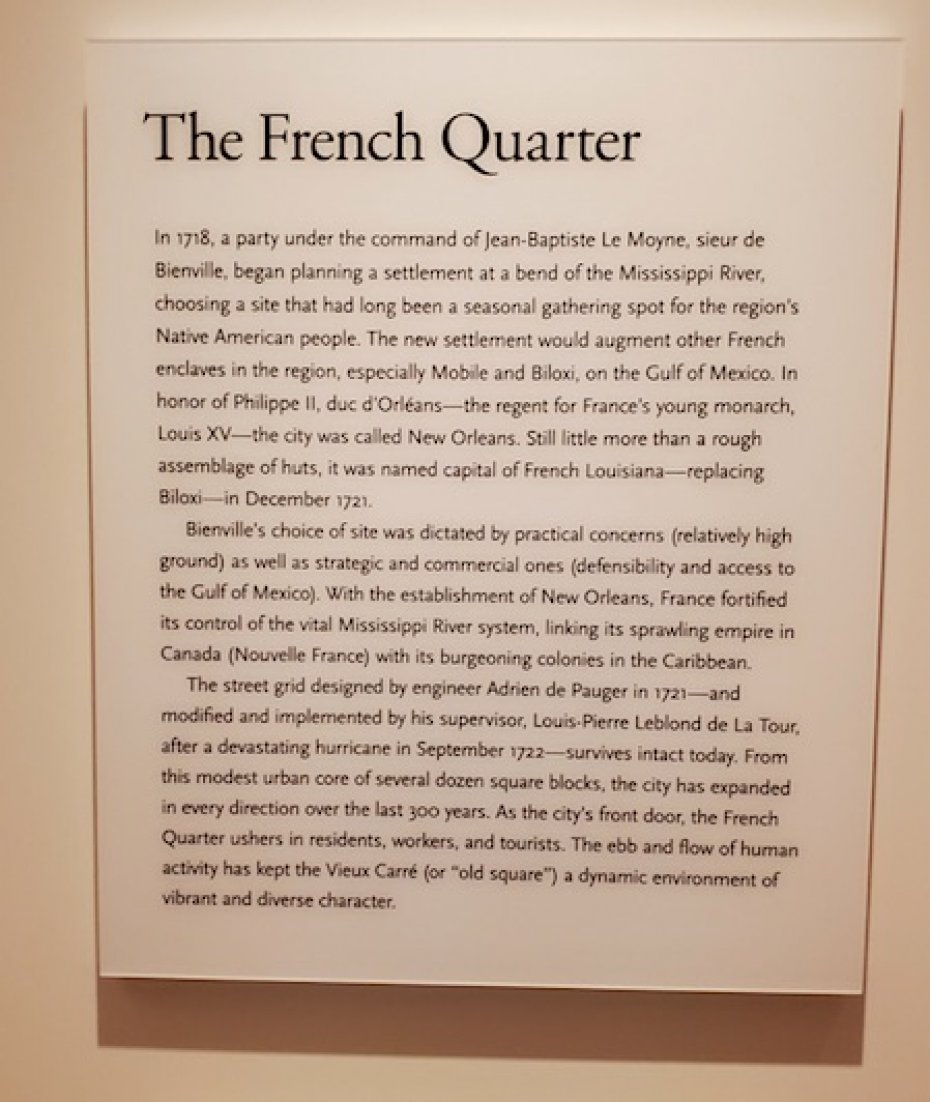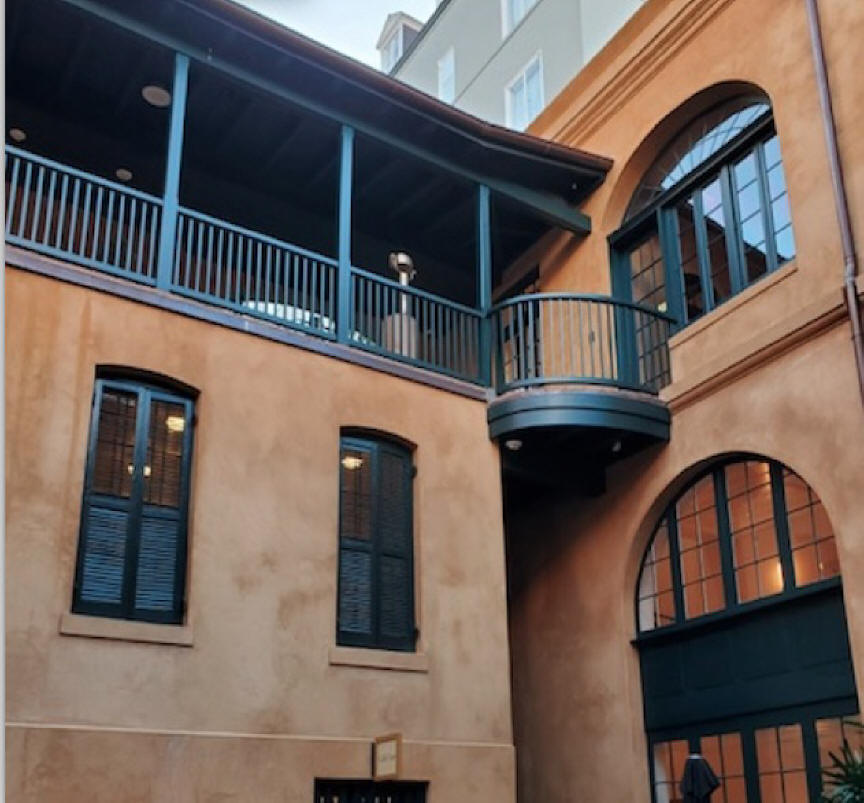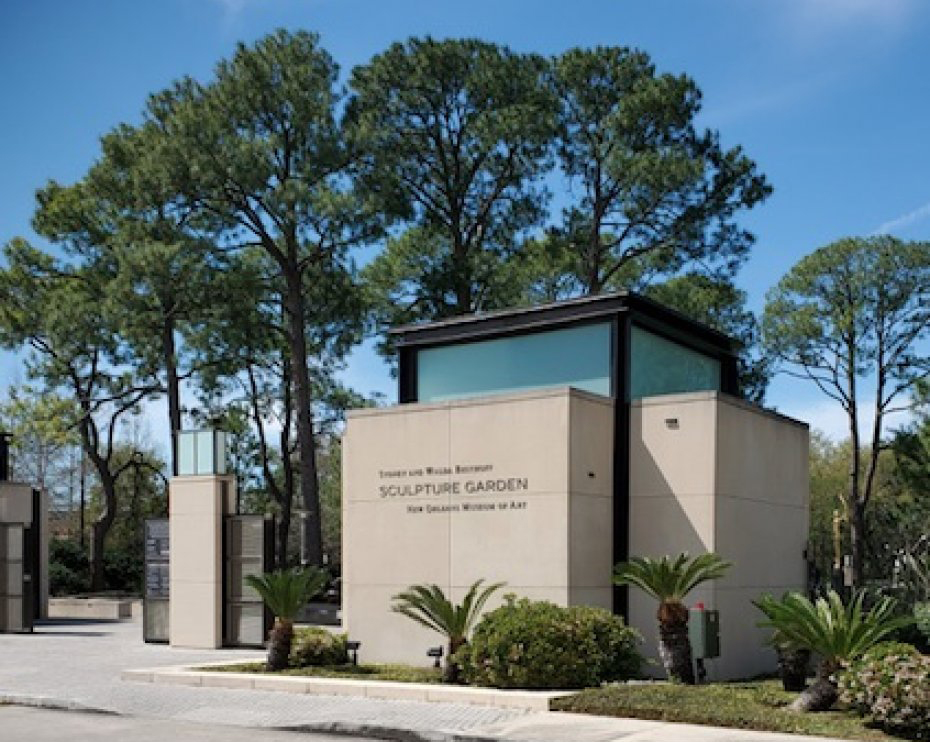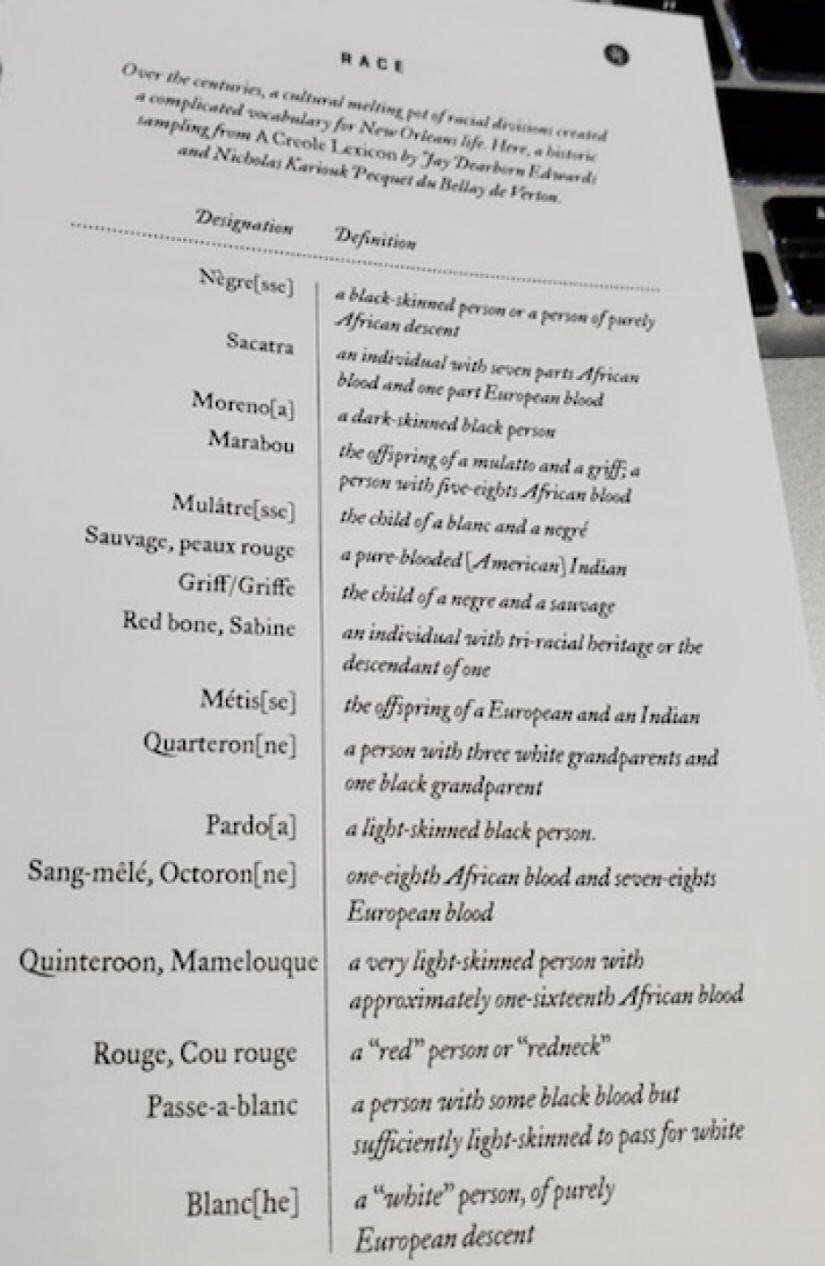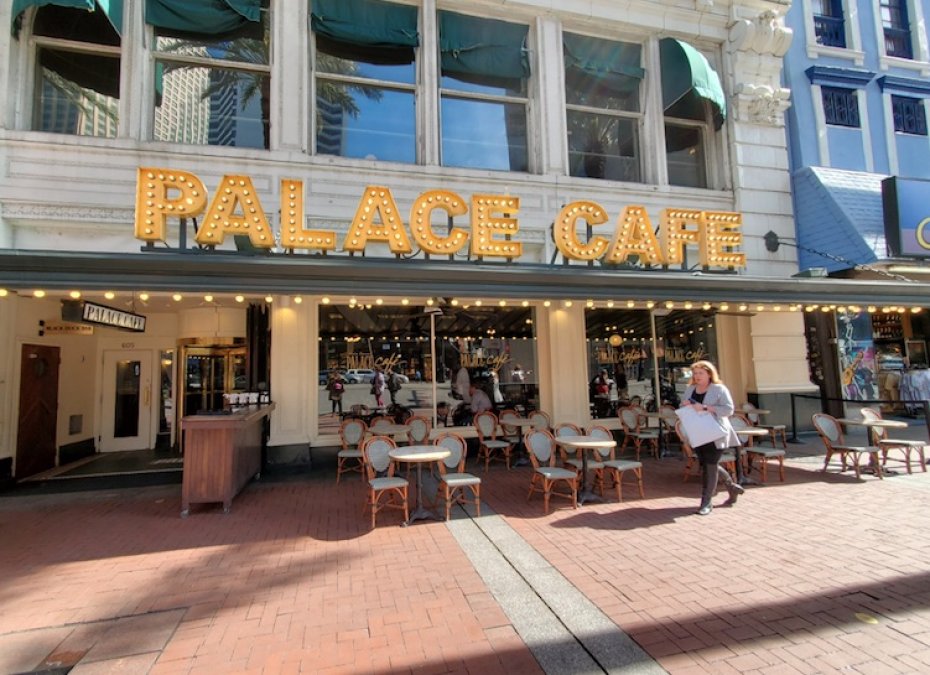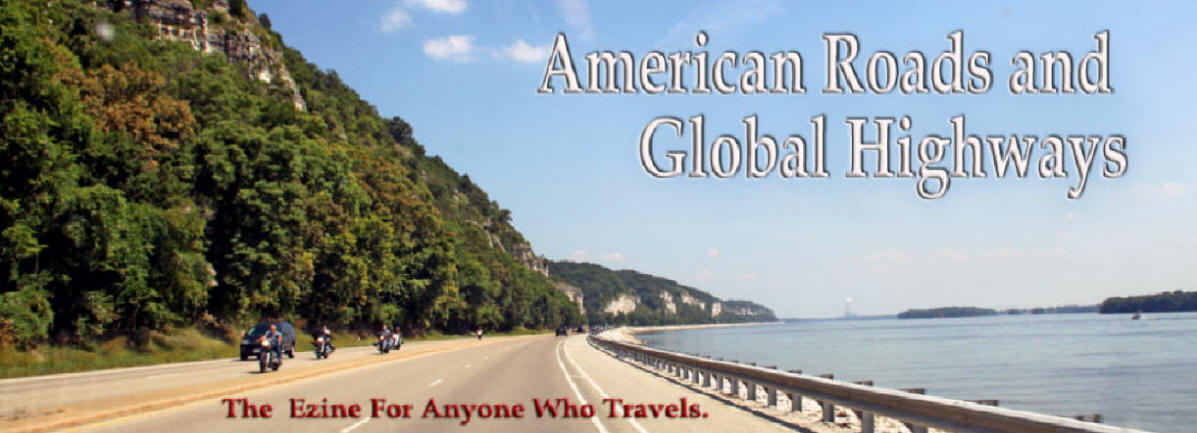
|
|
|
|
Self-isolation is a term
that has recently embedded itself into the public
consciousness. People have been asked to refrain from
close quarters in large crowds, international travel and
nonessential activities. In other words, as much as
possible, stay home. Self-isolation has its own set of
issues, not the least regarding the impact on
destination travel. My solution is to spend some of your
newly available time planning for the time when things
normalize, and history has proven that it will, and the
call of the open road will again beckon. Plan now for a
new adventure, to revisit an old one and support the
travel industry. #Travelsouth.com
A comprehensive orientation to the city is on view at the Historic New Orleans Collection. There are three sites but the new 36,000-sq.-ft exhibition features the only permanent exhibit on the French Quarter’s history. The collection is in the 1816 Seignouret-Brulatour Building. Highlights of the collection include documents related to Louisiana slavery, period furnishings and artifacts, remnants of the original streetcar named Desire and a restored Aeolian pipe organ. www.hnoc.org 
In 2008 Sazerac® was designated the official cocktail of
New Orleans and in late 2019 the Sazerac House Museum
and micro-distillery opened. The multi-level museum’s phenomenal interactive kiosks
and interpretive displays trace the history of the
cocktail from its origin in the 1800s. The redesigned
hat store predates electricity and houses the company’s
original 125-ft long bar that was serviced by 12
bartenders. There are five tasting rooms and drinking
carts that serve small tastings throughout the facility.
The best photo op is a three story wall with 1010
bottles representing 19 types of libations and
interactive video bars are a real
treat.
St. Louis
Cemetery #1 is one of New Orleans most famous tourist
sites and really should be on your list. It was
consecrated in 1798 with Spanish mandated above ground
burials. Originally burials were by religious
affiliation, Catholic, non-Catholic, Protestant and
enslaved “Negroes”. As of 2015, the Archdiocese of
New Orleans, in order to protect the tombs, requires
that visitors be accompanied by a tour guide. The tomb
of Marie Laveau, a woman of color, is believed to have
been a Voodoo Queen and her tomb is something of
a pilgrimage site. Nicholas Cage, although still alive,
has a tomb in Cemetery #1. His 9-ft. tall pyramid is
inscribed with “Omnia ab Uno” or “all for one”. It is
said that he tried to build his tomb as close to Marie
Laveau’s as possible.
For another story about a Travel South pre-trip visit
Whole Lotta
History Goin' on.
Renee Gordon has written a weekly travel column for the Philadelphia Sun Newspaper for the past fifteen years and has published articles on local, national and international travel in numerous publications. Her columns focus on cultural, historic and heritage tourism and her areas of specialization are sites and attractions related to African American and African Diaspora history. Renee has been a guest radio commentator on various aspects of tourism and appeared in a documentary, "The Red Summer of 1919". As an educator for thirty years she was an English teacher, event and meeting planner, served as an educational consultant and intern-teacher mentor. She contributed to textbooks on women's history and classroom management and has facilitated workshops on both subjects. Renee considers herself a "missionary journalist" and as such she continues to promote heritage and sustainable tourism. 2013 Recipient of African Diaspora World Tourism Flame Keeper in Media Award for Travel Writing Affiliations
We'd love your comments!
|
Connect with us on:
American Roads and | |||||||||
|
Public Disclosure--
Please Read The FTC has a law requiring web sites to let their readers know if any of the stories are "sponsored" or compensated. We also are to let readers know if any of our links are ads. Most are not. They are just a way to direct you to more information about the article where the link is placed. We also have several ads on our pages. They are clearly marked as ads. I think readers are smart enough to know an ad when they see one but to obey the letter of the law, I am putting this statement here to make sure everyone understands. American Roads and Global Highways may contain affiliate links or ads. Further, as their bios show, most of the feature writers are professional travel writers. As such we are frequently invited on press trips, also called fam trips. On these trips most of our lodging, dining, admissions fees and often plane fare are covered by the city or firm hosting the trip. It is an opportunity to visit places we might not otherwise be able to visit. However, no one tells us what to write about those places. All opinions are 100% those of the author of that feature column. |
||||||||||
|
Privacy Policy/ Archives /
Contributors /
Subscribe to
American Roads Books by
Kathleen Walls /
Contact /
Sponsor or Advertise/ American Roads & Global Highways Home Page
|


